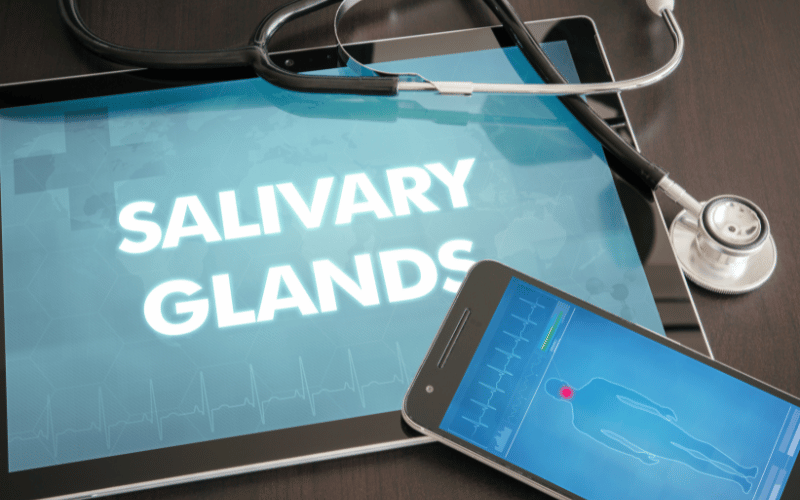Introduction: What Your Salivary Glands Want You to Know

When it comes to the functioning of our bodies, most of us give little thought to our salivary glands. Yet these unsung heroes are responsible for vital tasks like aiding digestion, keeping our mouths moist, and even fighting off bacteria. When something goes awry with these glands, the condition, known as Salivary Gland Disease (SGD), can have wide-ranging impacts on your quality of life. So, let’s not overlook them; they deserve our attention.
Many people mistakenly shrug off early symptoms, treating them as a minor inconvenience. Don’t be that person. Recognizing the initial signs of salivary gland disease can save you from needless pain and complex treatment down the line. But what are these symptoms, and how do they manifest? That’s exactly what this article aims to answer.
SGD can present itself through various symptoms, each ringing an alarm bell you shouldn’t ignore. Far from being mere discomforts, these symptoms can signal deeper medical conditions needing immediate attention. Identifying them early can pave the way for more effective, less invasive treatment options.
In the medical labyrinth where symptoms often resemble those of other conditions, diagnosing SGD can be like finding a needle in a haystack. But fear not! This article will illuminate the top 10 symptoms you should keep on your radar. Knowledge is your first line of defense against any medical issue, SGD included.
By the end of this read, you’ll have the insights you need to recognize the early symptoms of Salivary Gland Disease, empowering you to take the reins of your health journey. Let’s get started.
1. Swelling Near the Jaw or Mouth: A Subtle Sign That Could Speak Volumes

One of the first signs people notice is swelling near the jaw or mouth. Often, individuals dismiss this symptom as a minor issue, like a pulled muscle from chewing gum too hard. However, the situation might be more complicated than that. Swelling in these areas is often a red flag that your salivary glands could be fighting an infection or another underlying issue.
Interestingly, swelling can occur in different areas depending on which of the three main salivary glands is affected. The parotid gland near your ear, the submandibular gland under your jaw, or the sublingual glands beneath your tongue, each has its own set of potential problems. The particular area where swelling occurs can often help medical experts pinpoint which gland is malfunctioning.
One detail many people miss is that the swelling might fluctuate throughout the day. Morning stiffness or a swollen feeling that diminishes as the day goes on could be crucial information. Moreover, the severity of the swelling doesn’t necessarily correlate with the seriousness of the condition. A minor-looking bulge could signify a major issue lurking beneath the surface.
External factors can also influence the swelling. Eating spicy or acidic foods, for instance, could exacerbate the condition. On the other hand, cold compresses might alleviate the swelling but mask the underlying issue. When it comes to diagnosing salivary gland disease, it’s not just the presence of swelling, but also its behavior that warrants close observation. (1)